Saber-toothed cats—just the name alone sends a shiver down the spine. These magnificent, mysterious big cats once prowled the planet with their oversized, curved canine teeth, stirring awe and fear in equal measure. Imagine walking where they once did, feeling the ghost of their presence in the earth beneath your feet. Fossils scattered on nearly every continent tell the story of their rise, reign, and eventual fall. But what do we really know about these ancient predators? Their story is more than teeth and terror—it’s about survival, adaptation, and the wild, unpredictable journey of life itself. Today, let’s wander their fossil trail, and discover the world as it was when saber-toothed cats ruled.
The Ice Age Hunters
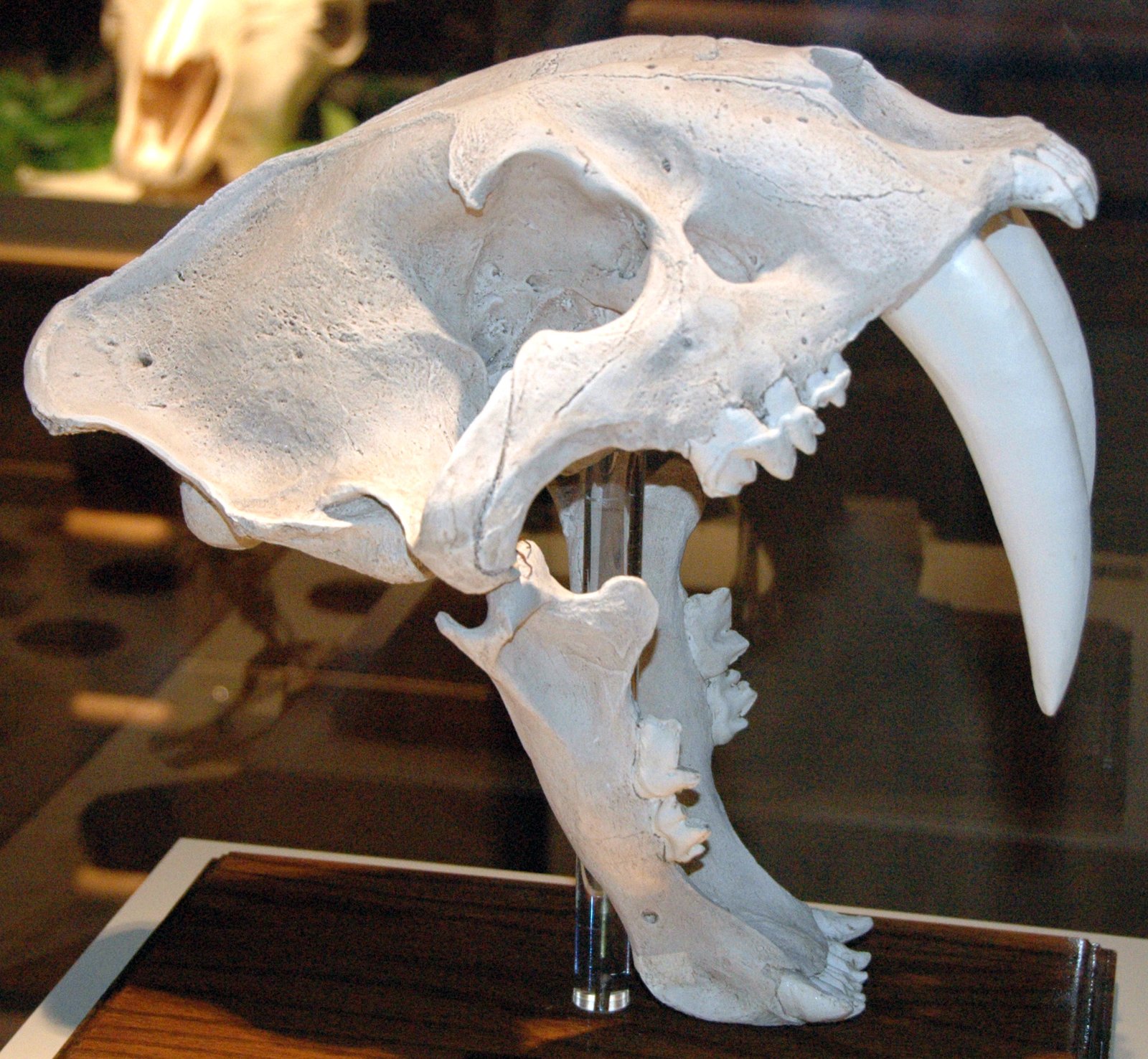
Saber-toothed cats thrived during the Ice Age, a time when the world was colder and vast glaciers blanketed the land. Their powerful build and unique teeth made them formidable predators in these chilly landscapes. It’s humbling to think that while we shiver under blankets, these cats faced icy winds and hunted gigantic prey like mammoths and bison. The saber-toothed cat’s success was rooted in its ability to adapt to ever-changing environments, showing us how life finds a way even in the harshest conditions. Their fossils, found in ancient tar pits and frozen tundras, are like postcards from a forgotten world. When you hold one, you’re holding a piece of Earth’s wild, cold heart.
Those Iconic Teeth
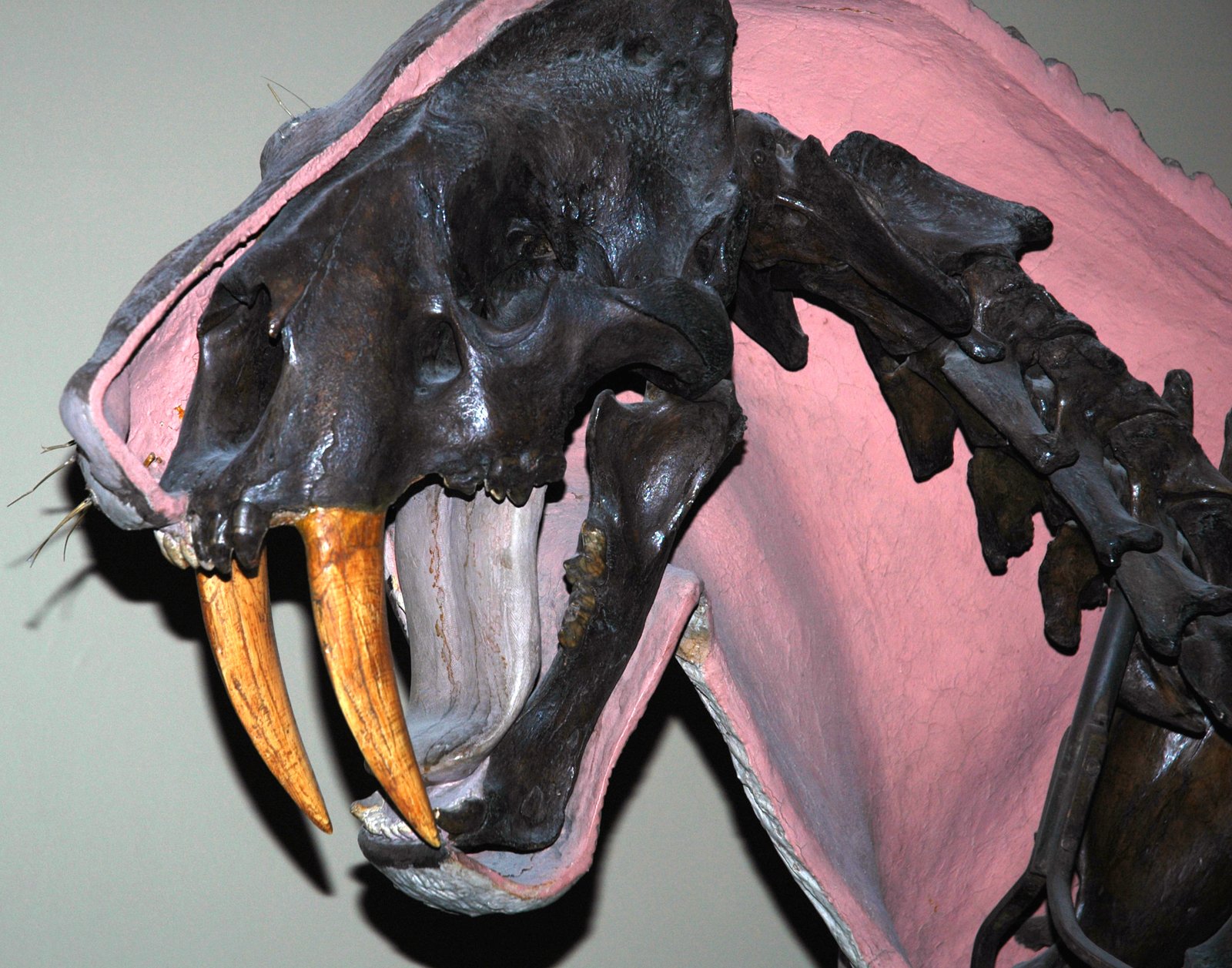
The saber-toothed cat’s teeth are their trademark—long, curved, and gleaming in ancient jaws. But these teeth were more than just scary accessories. They were tools finely tuned for a very specific job: taking down big, strong prey with swift, precise bites. These cats didn’t just use brute force—they used strategy, targeting soft spots on their prey. It’s amazing to imagine such delicate precision from a creature so powerful. Their teeth remind us that strength isn’t just about size, but about knowing exactly when and how to use it. Even now, their fossilized fangs spark awe and curiosity in anyone lucky enough to see them.
Global Wanderers
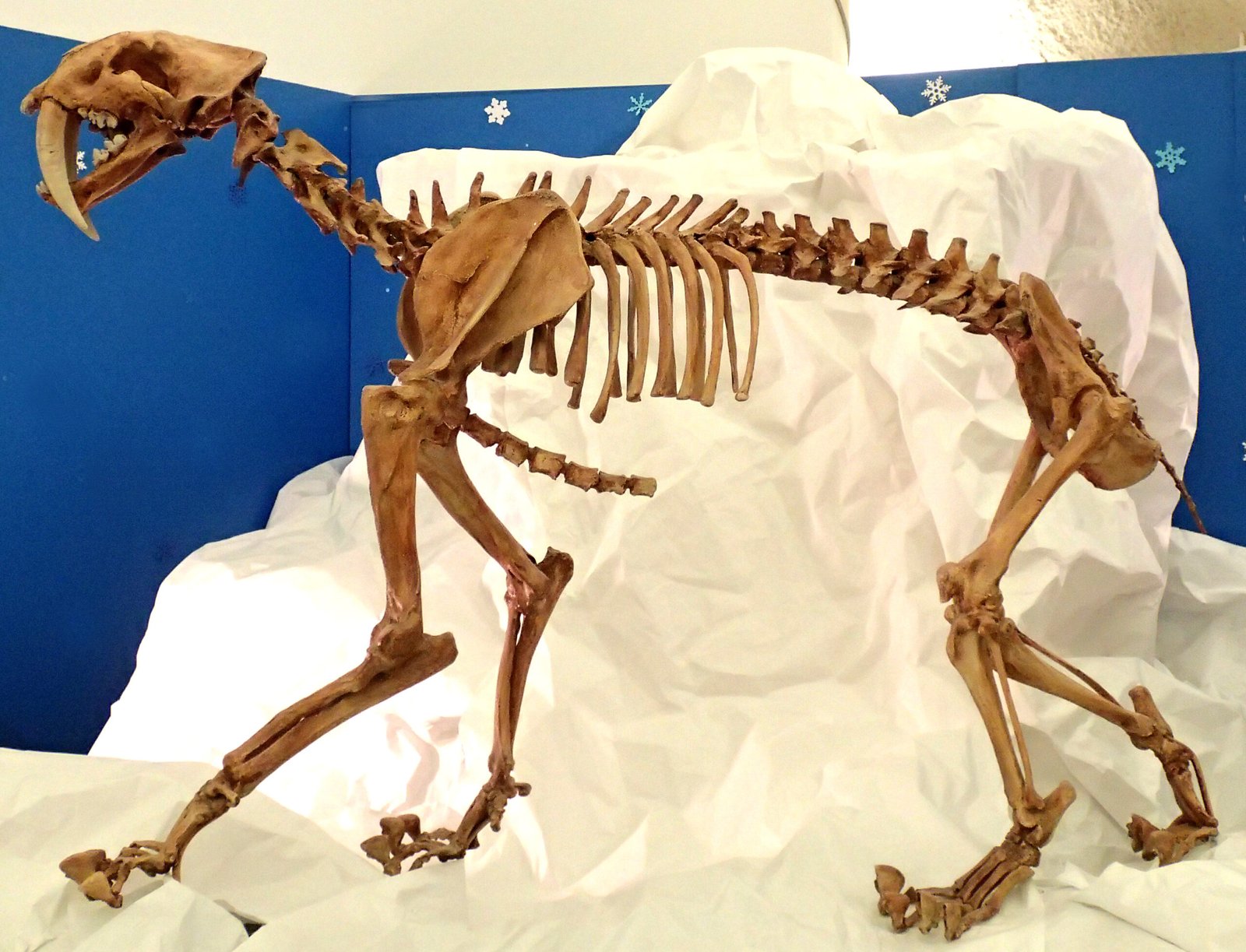
It’s incredible to think that saber-toothed cats once roamed nearly every corner of the globe. Their fossils have been unearthed in North and South America, Europe, Africa, and even parts of Asia. Each discovery tells a story of migration and adaptation, as these cats followed their food and the shifting climate. No matter where they went, they left their mark—sometimes literally, as in the case of ancient footprints. Their journey across continents reminds us that the world was once wide open, with no borders to hold back the curious or the brave. Saber-toothed cats were true global citizens, and their legacy is woven into the history of every land they touched.
The Mystery of Smilodon
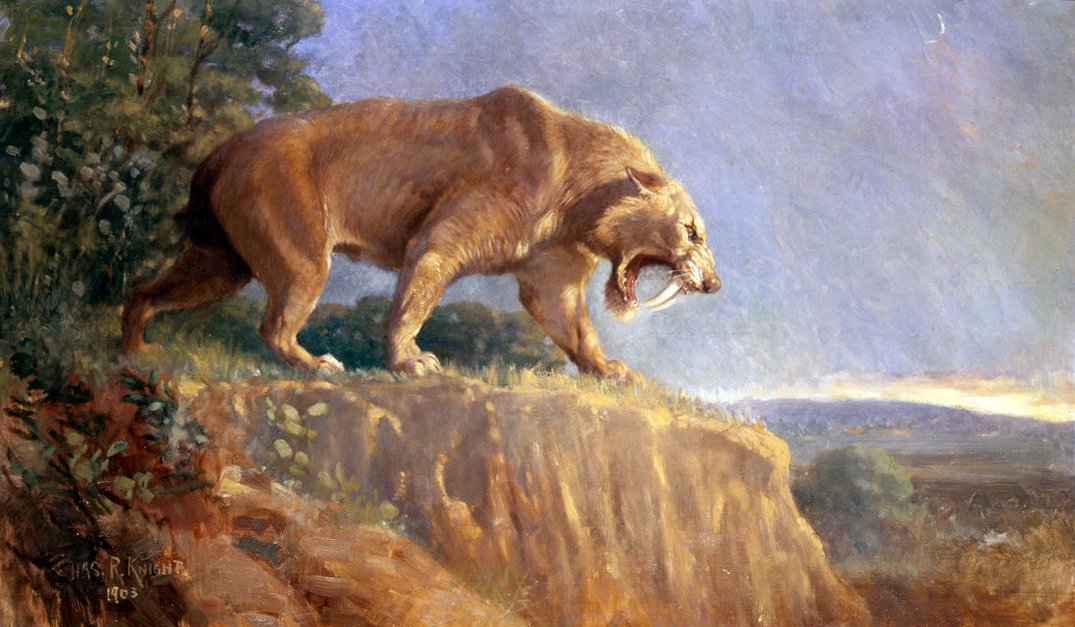
Smilodon is the superstar of the saber-toothed clan, and for good reason. With a stocky build, massive limbs, and those unmistakable fangs, Smilodon looked like a fierce warrior. But scientists now believe this cat may have hunted in groups, using teamwork to bring down prey much larger than itself. That image—of giant cats working together in the primeval dark—is both thrilling and strangely comforting. Smilodon’s bones, found in places like the La Brea Tar Pits, are some of the best-preserved windows into this ancient world. Every time someone dusts off a Smilodon skull, we get a little closer to understanding the secrets of this lost titan.
More Than Just Predators
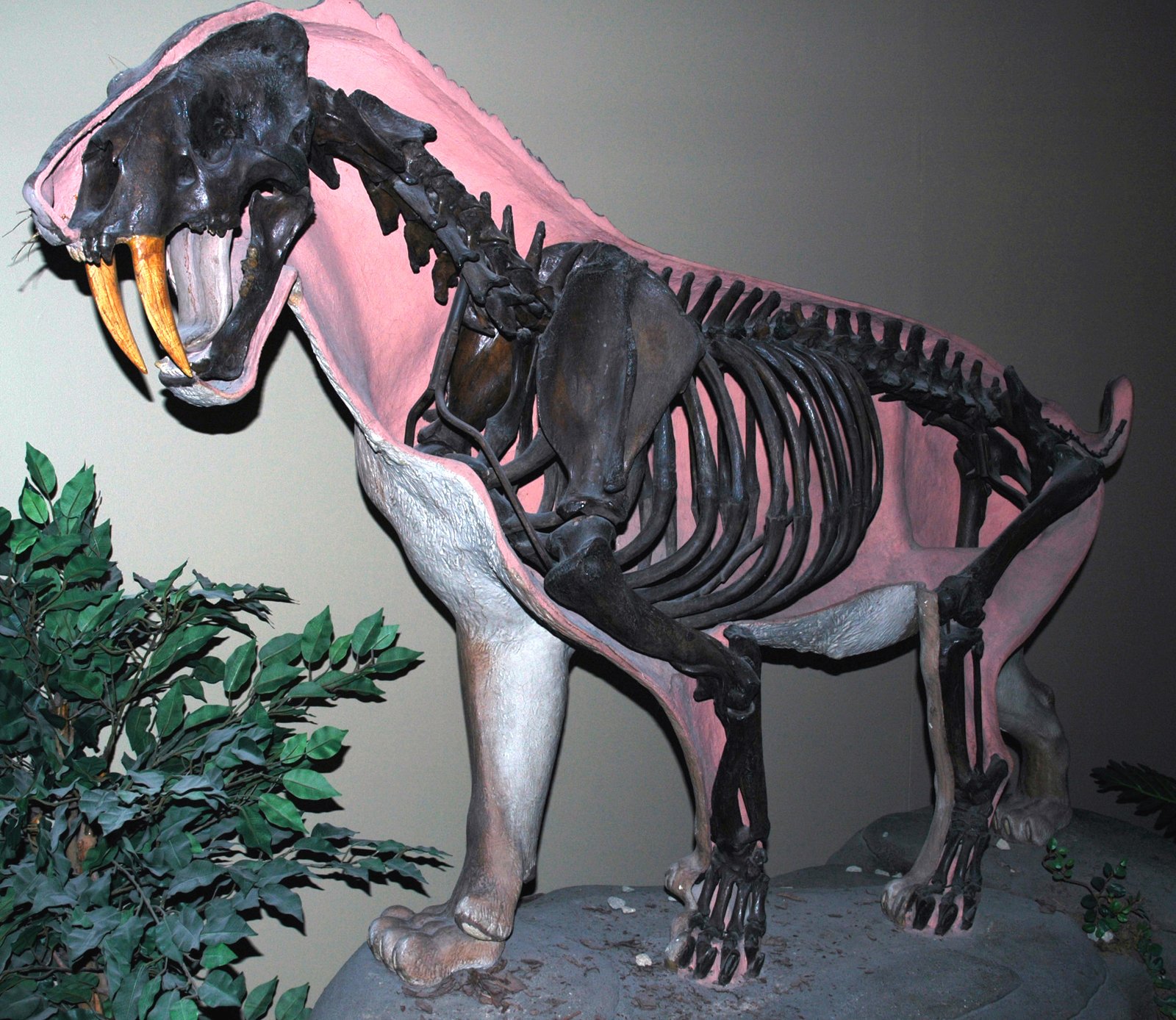
It’s tempting to think of saber-toothed cats only as hunters, but their lives were far richer. Fossil evidence suggests they may have cared for their injured and sick, a surprising show of compassion in a world we imagine as brutally competitive. Some skeletons show signs of healed wounds, meaning these cats survived after injuries that would have been fatal alone. This hints at a social side to their nature—perhaps they shared food or protected each other. It’s a reminder that even the fiercest creatures can show unexpected tenderness, blurring the line between predator and companion.
Living in the Shadows
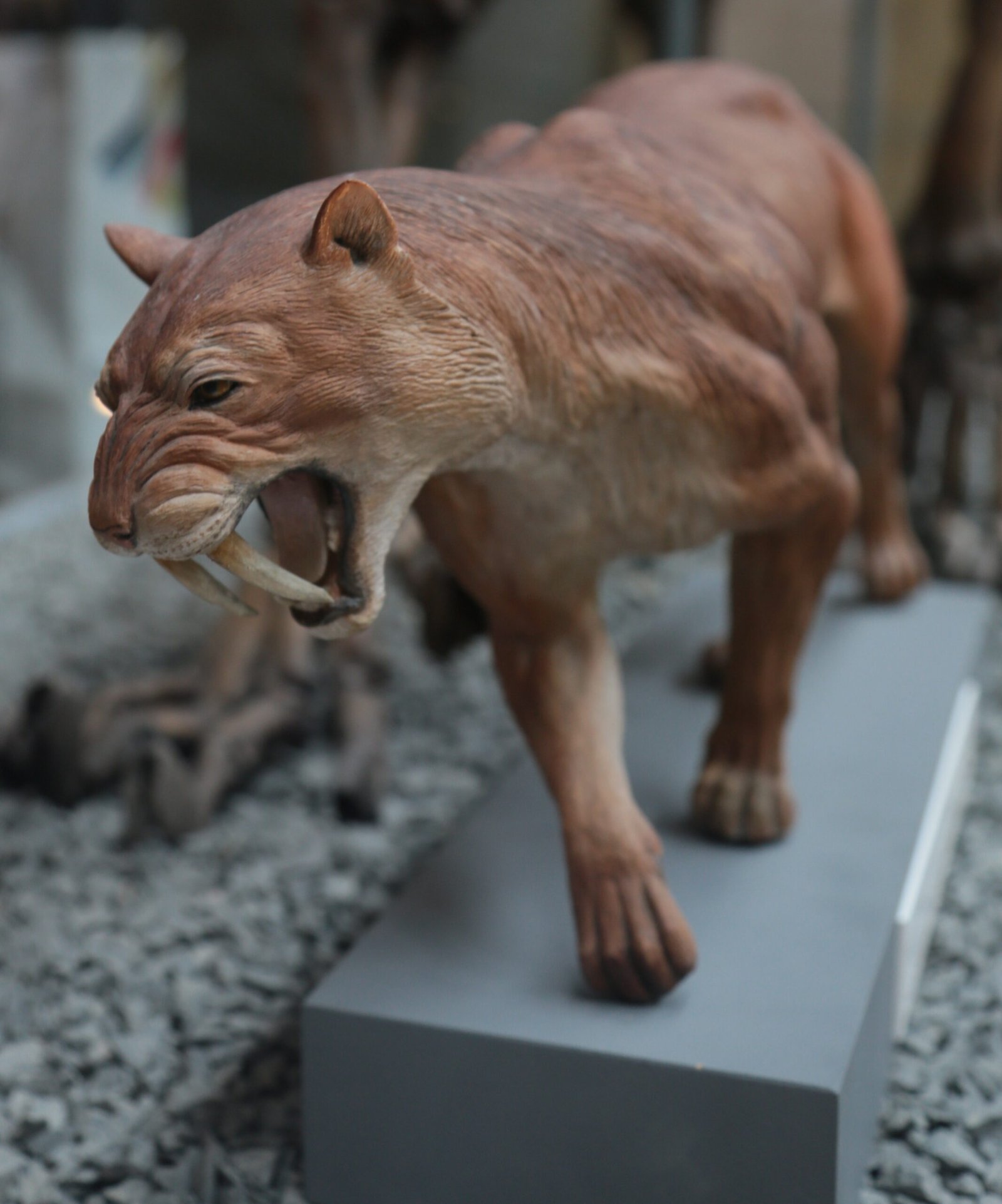
Saber-toothed cats didn’t have the world to themselves. They lived alongside giant bears, dire wolves, and early humans, all competing for space and food. Imagine the nightly drama as these powerful animals moved through the dark, each one a player in nature’s oldest game. Fossils show bite marks and scratches, evidence of fierce rivalries and narrow escapes. It’s humbling to realize how tough life was back then, and how every day was a battle for survival. Yet despite the dangers, saber-toothed cats managed to carve out a place for themselves, proving their resilience and resourcefulness time and again.
The Role of Tar Pits

Few places bring saber-toothed cats to life like the La Brea Tar Pits in California. This sticky, bubbling trap captured thousands of animals over thousands of years, preserving their bones in astonishing detail. For scientists, it’s like opening a time capsule—one packed with tangled skeletons and ancient secrets. The tar pits show us not just what these cats looked like, but how they lived and died. They reveal stories of struggle, victory, and loss, frozen in black ooze. For anyone with a curious heart, the tar pits are a place of wonder and mystery, where the past feels startlingly close.
The African Connection
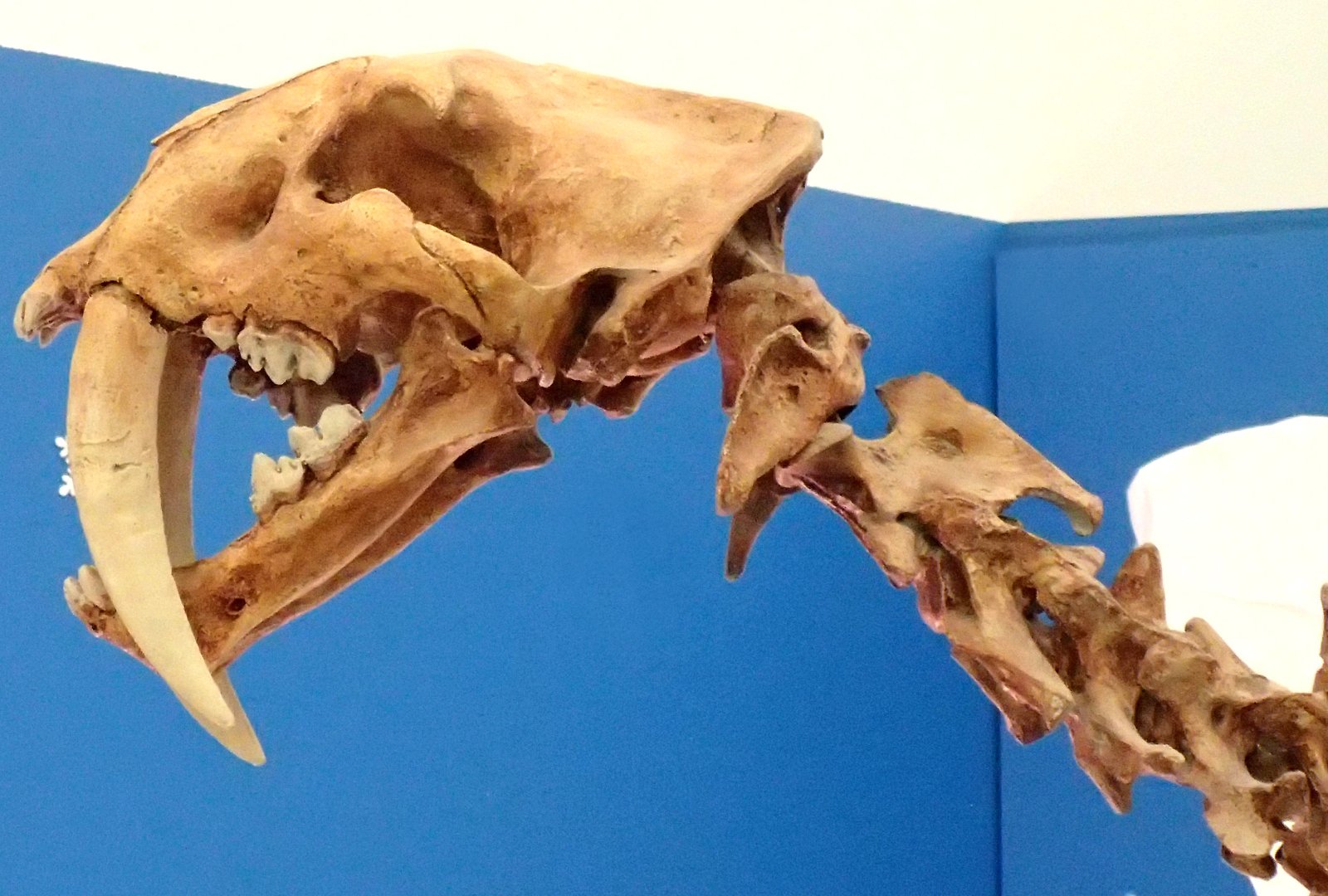
While saber-toothed cats are often associated with the Americas, their story stretches to Africa as well. Fossils found in places like South Africa suggest that these ancient cats were part of the continent’s rich tapestry of life. Here, they would have stalked herds of antelope and giant prehistoric elephants, blending into sun-dappled grasslands. The African environment shaped their evolution, challenging them to adapt and innovate. Each fossil unearthed is a reminder of how connected our world truly is—how a creature’s journey can bridge continents and millennia. Africa’s saber-toothed cats are a testament to the wild, unpredictable paths that life can take.
Small but Mighty Species
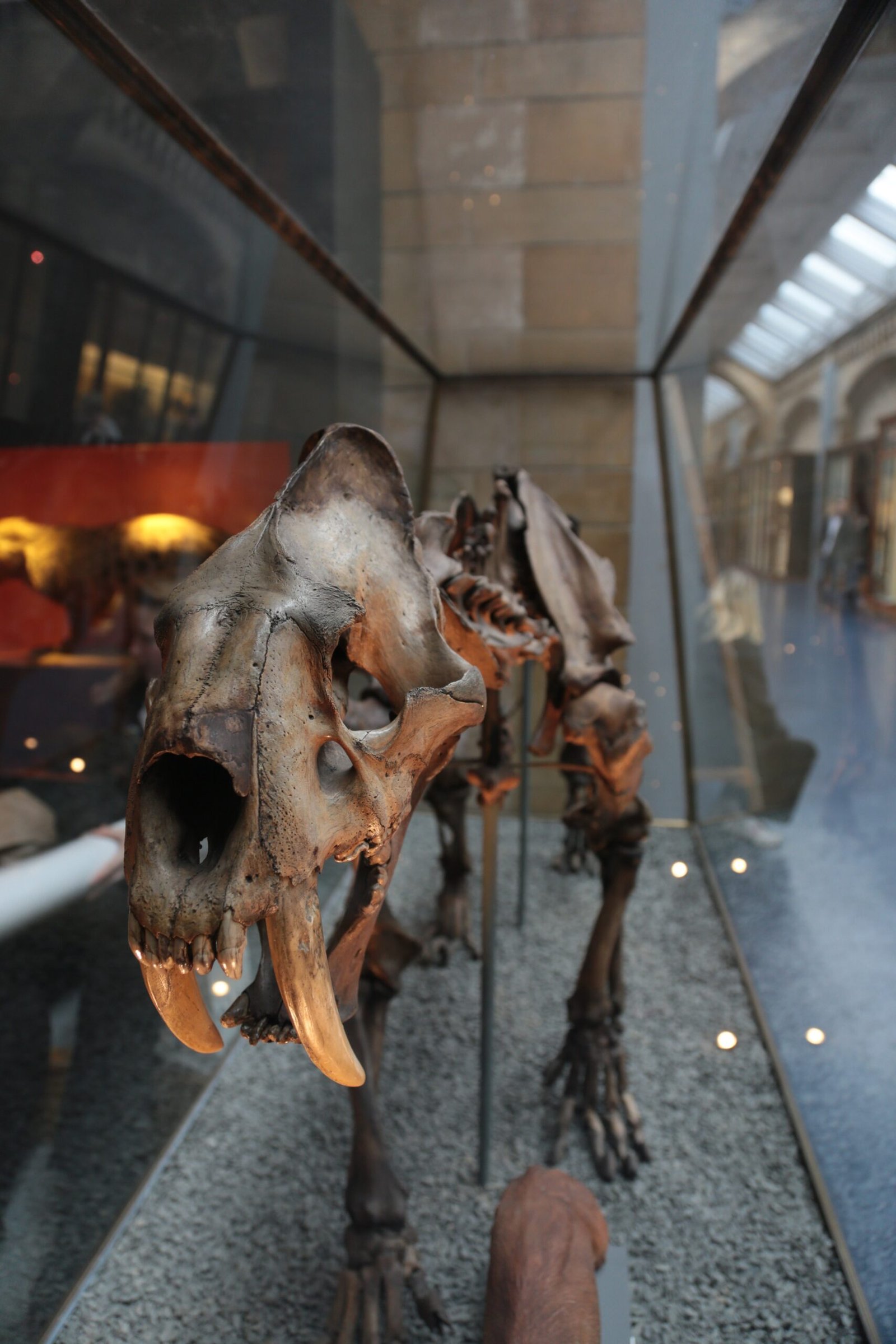
Not all saber-toothed cats were hulking giants. Some, like Homotherium, were surprisingly lightweight and fast, built for chasing prey across open plains. Their bodies were more like a cheetah than a lion—sleek, agile, and perfectly suited to their environment. These cats show us that there’s no single way to be strong or successful. Sometimes, speed and smarts matter more than brute force. It’s a comforting thought for anyone who’s ever felt outmatched or overlooked. In the fossil record, even the smaller saber-toothed cats leave a big impression, reminding us that greatness comes in all shapes and sizes.
The Power of Adaptation
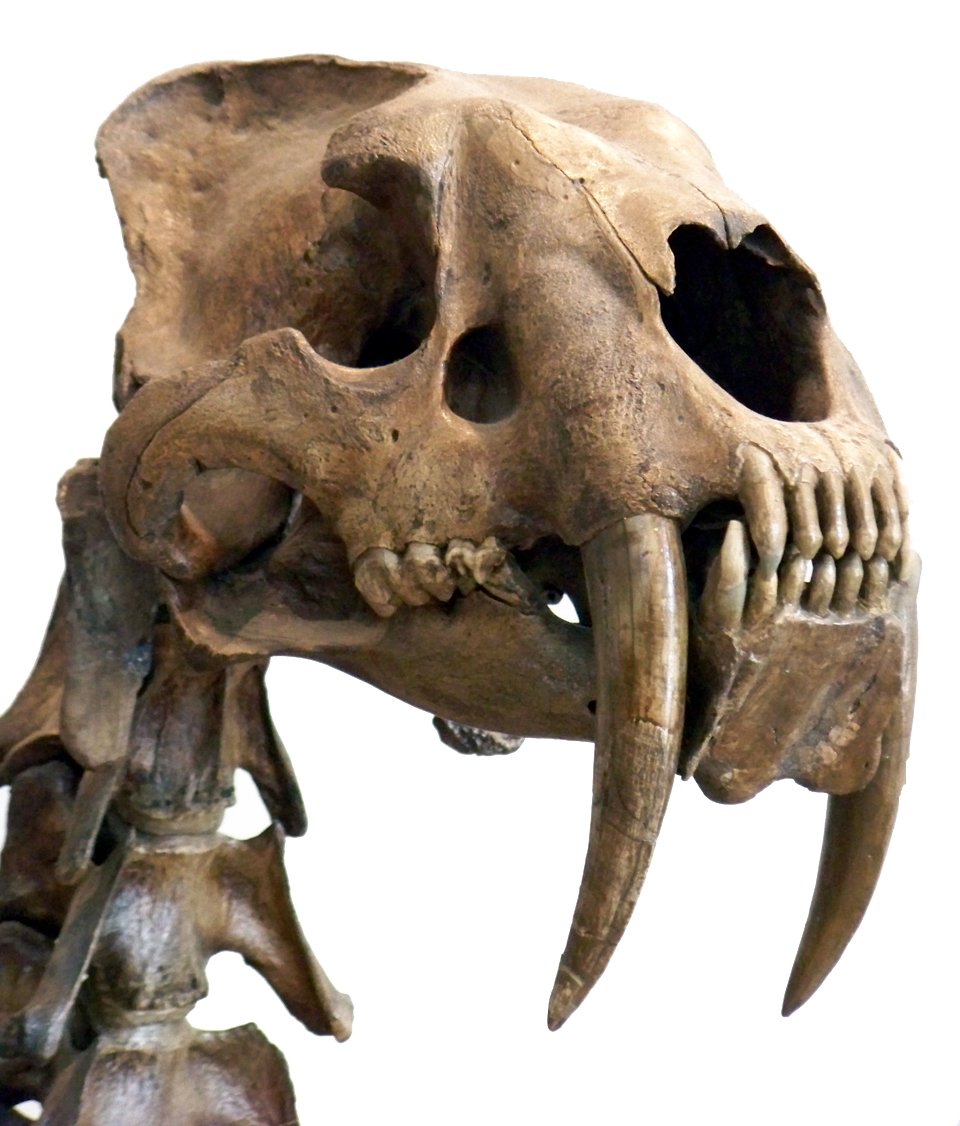
Saber-toothed cats were masters of adaptation. As the world changed—glaciers advancing, forests turning to grasslands—they found ways to survive. Some developed longer legs for running, while others grew stockier for wrestling prey. Their ability to adjust to new challenges is a lesson in resilience. Change is inevitable, but survival belongs to those who can bend without breaking. When we look at their fossils, we’re seeing the story of life itself: always shifting, always reaching for a new way forward. Saber-toothed cats remind us that adaptability is just as important as strength.
Striking Camouflage
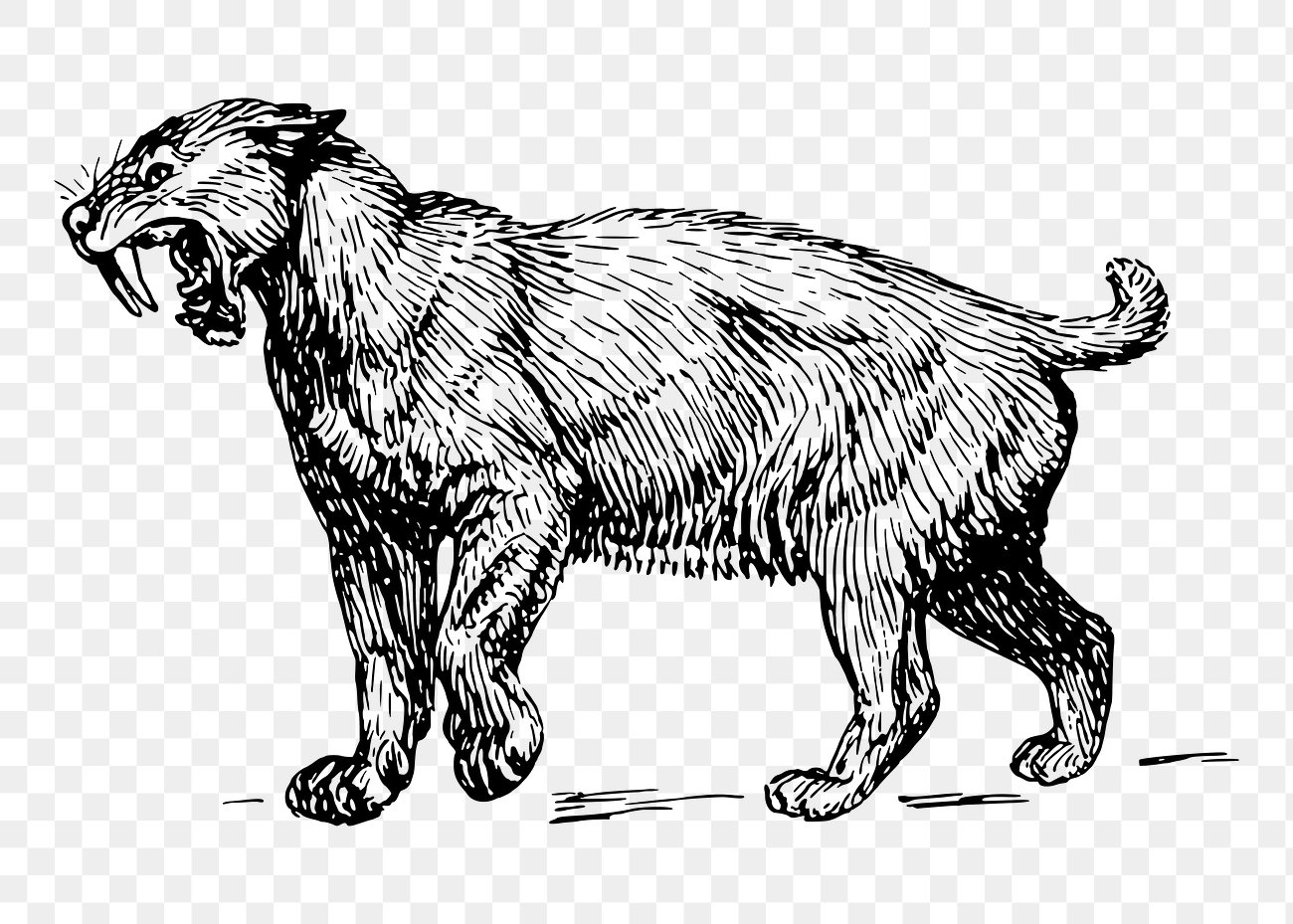
Imagine a saber-toothed cat slinking through tall grass, nearly invisible to both prey and rival predators. Their fur, likely patterned with spots or stripes, would have helped them blend into their surroundings. This natural camouflage was vital for hunting and survival, turning these big cats into shadowy phantoms of the wild. Fossilized impressions and comparisons with modern cats suggest a range of beautiful, subtle patterns. It’s a little like wearing the world’s best disguise, hiding in plain sight. The thought of these ancient hunters moving silently through the landscape is both eerie and enchanting.
The Bite Behind the Blade
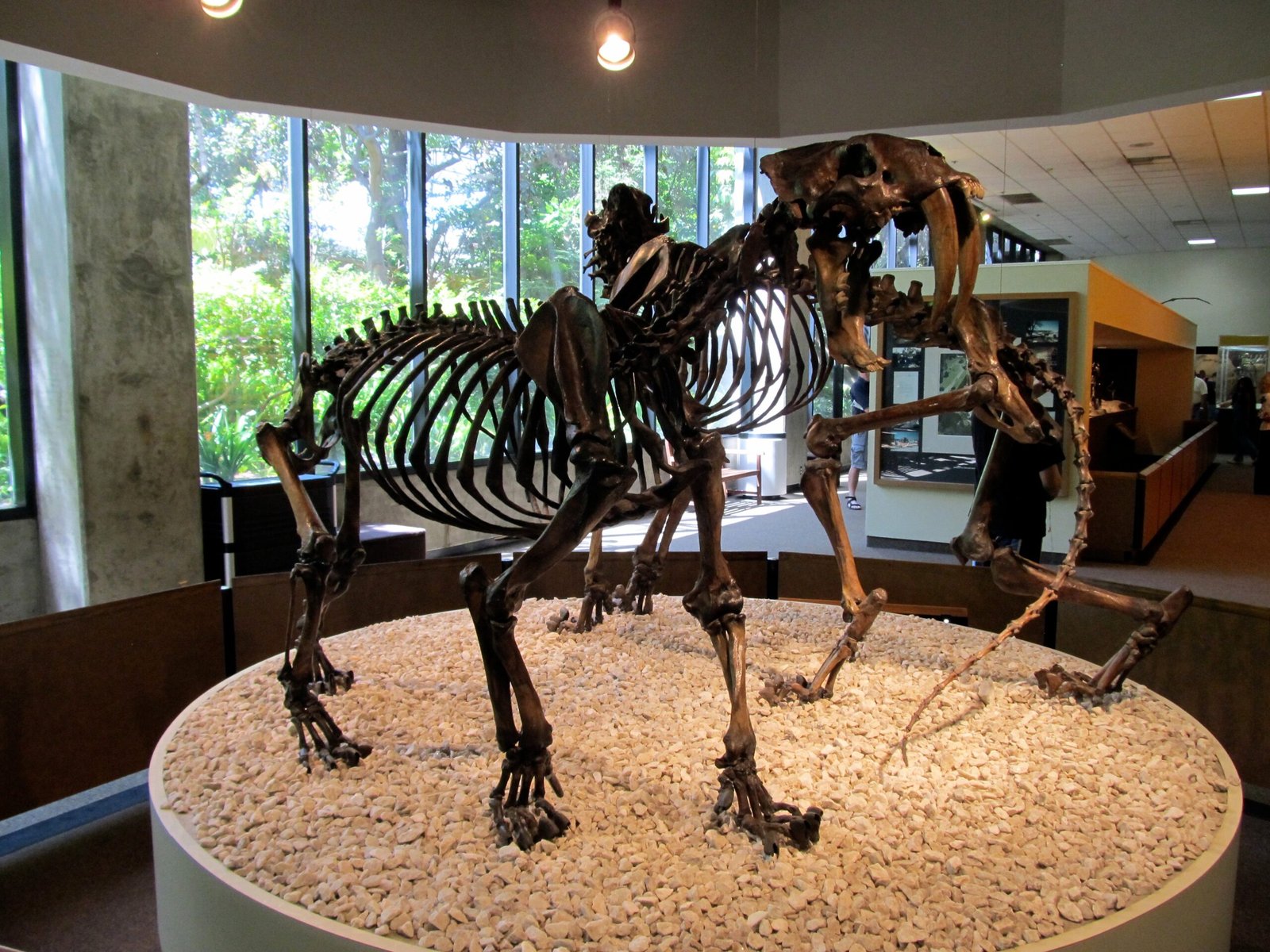
Those impressive saber teeth weren’t just for show—they worked in tandem with a powerful bite. Saber-toothed cats had incredibly strong neck and jaw muscles, enabling them to deliver a killing blow with astonishing force. Their bite was more about precision than power, carefully targeted to vital spots on their prey. This combination of strength and finesse is rare in nature and speaks to the saber-toothed cat’s status as an evolutionary marvel. When you think about it, their hunting style was a blend of artistry and athleticism—a reminder that nature often balances beauty with brutality.
Facing Extinction

Despite their incredible skills, saber-toothed cats eventually disappeared. The reasons are complex—climate change, loss of prey, and competition from humans all played a role. Their extinction is a sobering reminder that even the mightiest can fall when their world changes too quickly. It’s easy to feel a pang of sadness for what’s lost, but their story also encourages us to protect the wild things we still have. The saber-toothed cat’s fate is a call to action, urging us to cherish the diversity of life on our planet before it slips away forever.
The Legacy in DNA
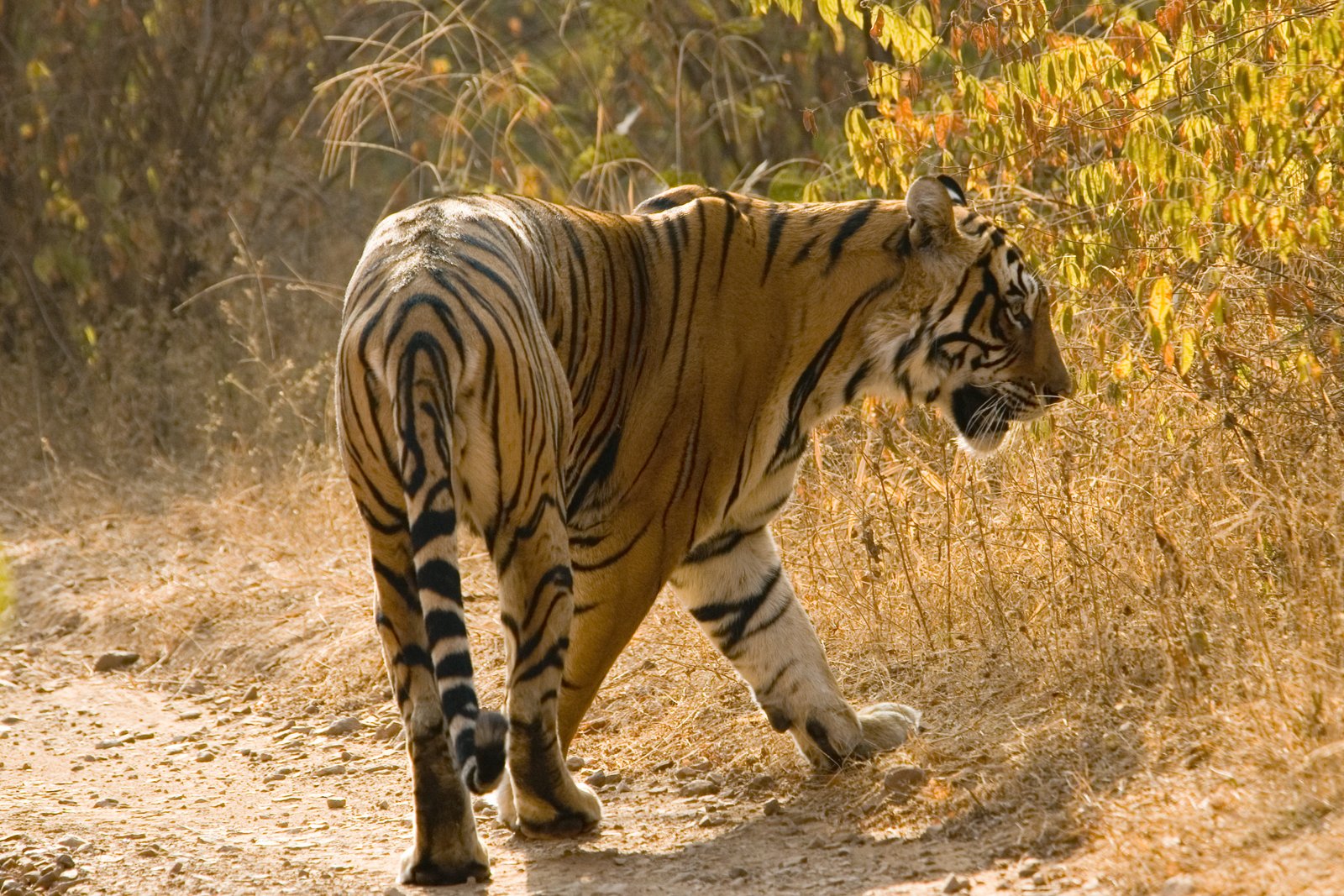
Though saber-toothed cats are gone, traces of their genetic legacy remain in today’s big cats. Modern lions, tigers, and leopards are distant relatives, carrying echoes of their ancient ancestors. Scientists study their DNA, hoping to understand how certain traits survived while others vanished. It’s fascinating to think that the spirit of the saber-toothed cat still prowls the wild, hidden in the genes of the animals we know and love. This connection bridges the gap between past and present, showing how life’s story is never really finished—just rewritten in new chapters.
Sabers in South America
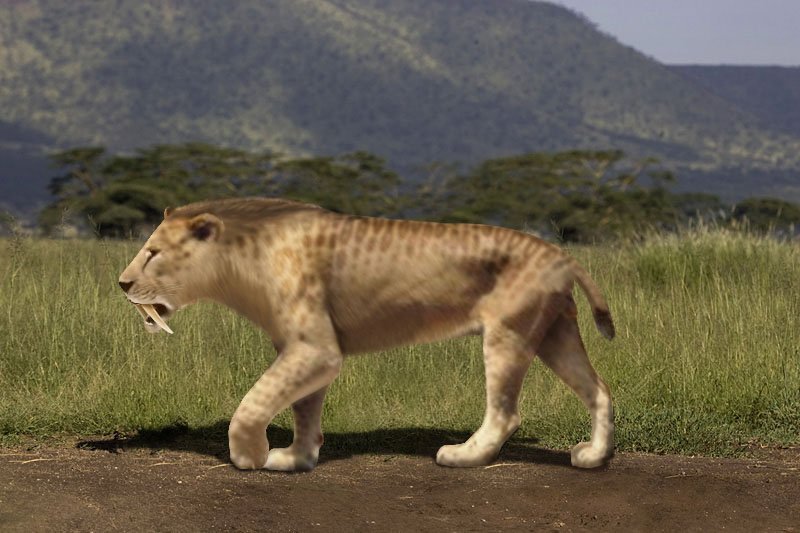
South America was home to some of the most impressive saber-toothed cats, including the mighty Smilodon populator. These cats hunted in forests and open plains, adapting to a range of habitats. Their fossils are found from Argentina to Brazil, painting a picture of a land teeming with both danger and opportunity. The diversity of saber-toothed species in South America highlights the continent’s role as a cradle of evolution, where new forms of life could emerge and thrive. It’s a reminder that the world’s most dramatic stories often unfold in the places we least expect.
The Art of the Hunt

Hunting for saber-toothed cats wasn’t just about brute force—it was about patience, timing, and teamwork. Some species may have hunted in packs, using coordinated strategies to bring down much larger prey. This social behavior, rare among big cats, hints at a surprisingly complex intelligence. The thrill of the hunt was balanced by the risk of injury or even death, making every meal a hard-won victory. When we imagine these ancient predators stalking the shadows, we’re reminded that survival is never easy, but always worth the struggle. Their legacy lives on in the wild hearts of hunters everywhere.
Ancient Cat Culture

Saber-toothed cats weren’t just solitary killers—they may have had rich social lives. Some fossil beds show multiple individuals buried together, suggesting family groups or social bonds. This challenges our assumptions about ancient predators, hinting at a world where cooperation mattered as much as competition. It’s a comforting thought, imagining these fearsome creatures sharing food, grooming each other, and raising young together. Their social side makes them feel a little more familiar, a little closer to the beloved cats that curl up beside us today.
Struggles with Prey
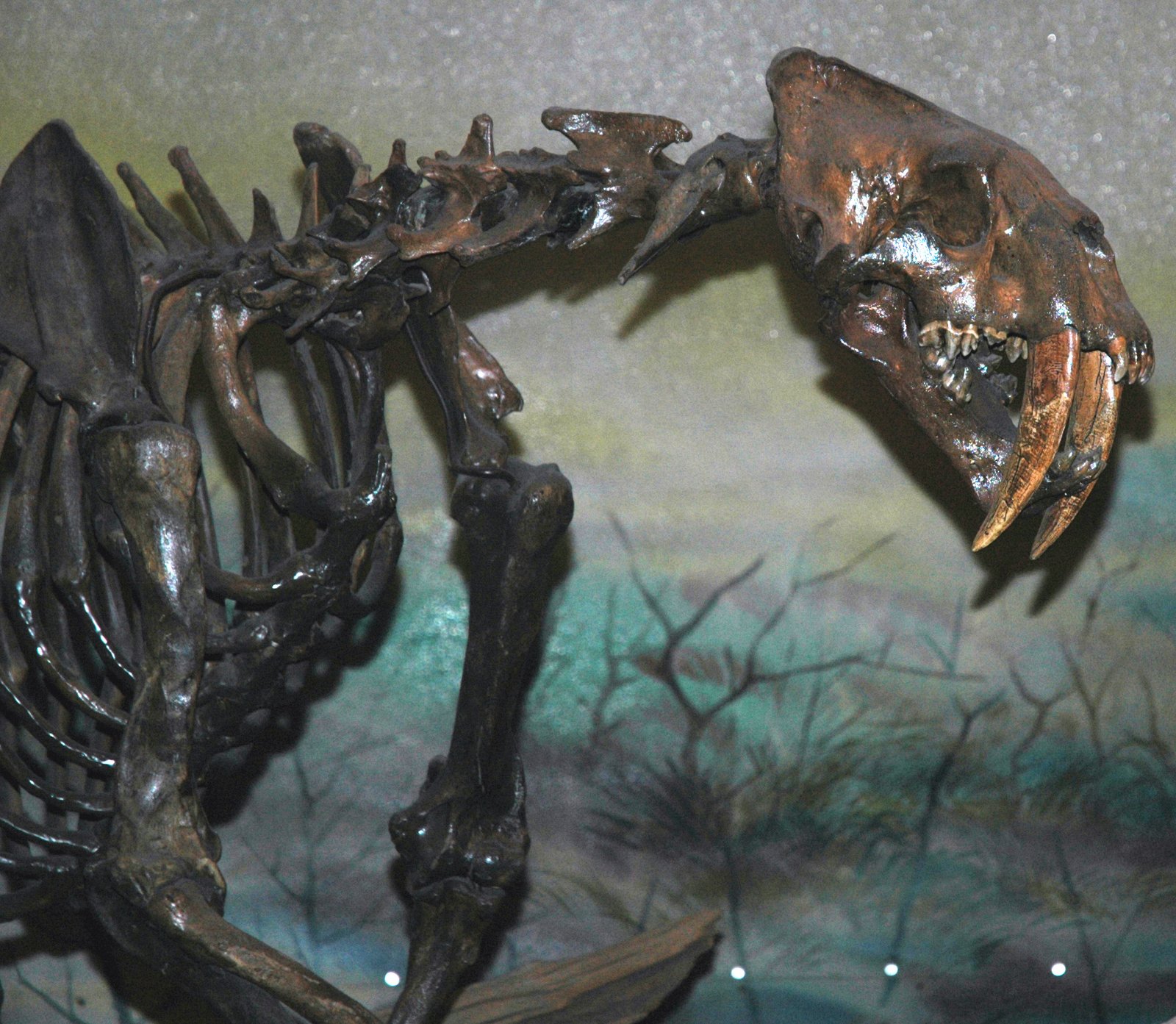
Life as a saber-toothed cat was a constant battle against hunger. Their preferred prey—giant sloths, bison, and young mammoths—were dangerous, and hunting was risky business. Fossil evidence shows broken teeth and bones, proof of the perilous life these cats led. Sometimes, a failed hunt meant starvation. Other times, a lucky break meant a full belly and a chance to rest. Their struggle for survival connects us to the raw realities of nature, where every life is a delicate balance between hope and hardship.
Fossils: Nature’s Storytellers
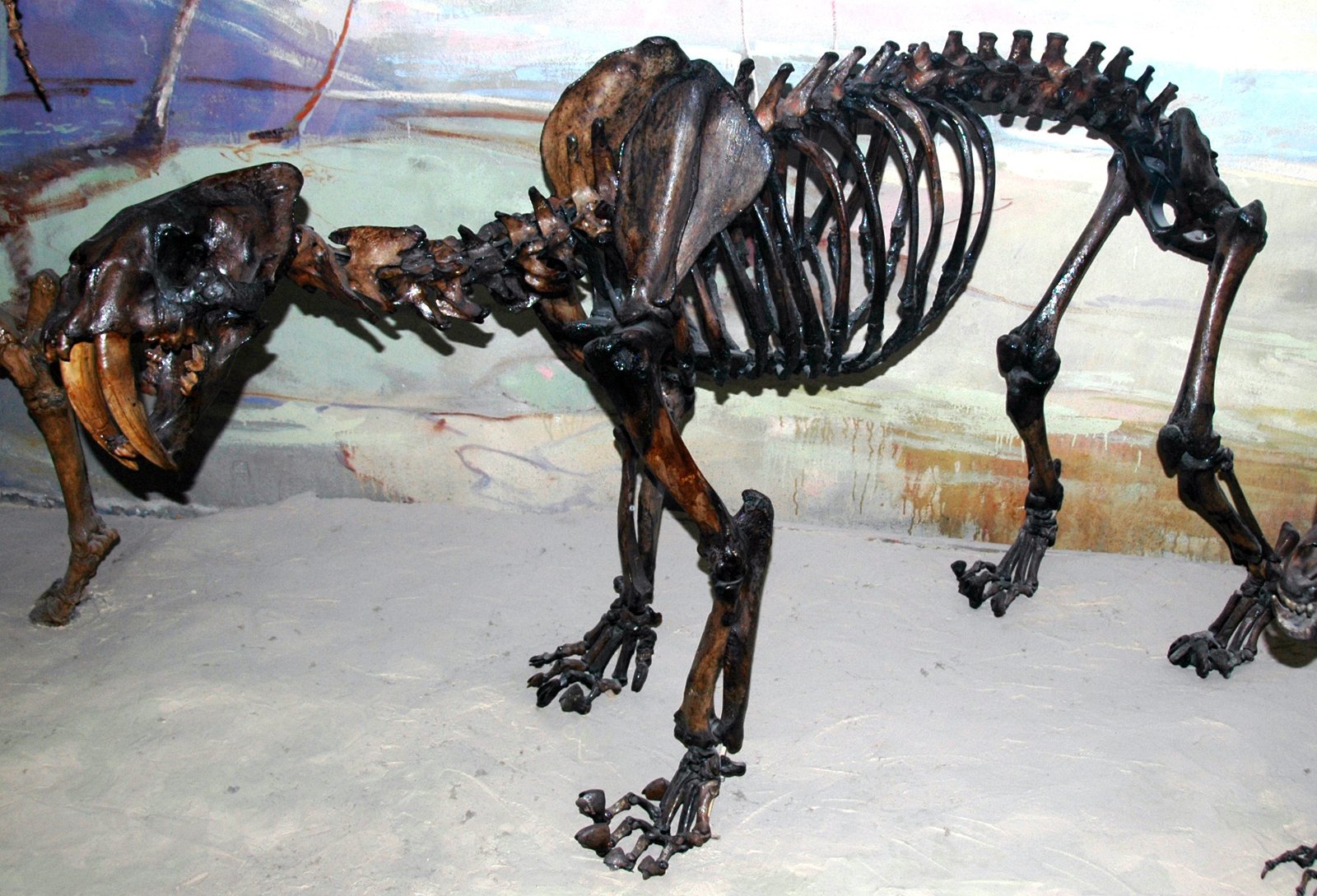
Every saber-toothed cat fossil is a storyteller, whispering secrets from the deep past. From skulls to paw prints, each piece adds a new chapter to their tale. Scientists carefully study these relics, piecing together how these cats lived, hunted, and died. The process is painstaking, but the reward is a fuller picture of a world lost to time. Fossils remind us that history is alive, waiting to be discovered in the rocks beneath our feet. Holding a saber-toothed cat fossil is like shaking hands with a ghost—an unforgettable, humbling experience.
Art and Imagination

For thousands of years, humans have been fascinated by saber-toothed cats. Ancient artists carved their images into bone and painted them on cave walls, capturing their power and mystery. Even today, these cats inspire movies, books, and dreams of wild adventure. There’s something about their fierce beauty that speaks to our imagination, connecting us to a world both familiar and strange. Art helps keep their memory alive, reminding us that the bond between people and cats is as old as time itself.
Lessons for Conservation

The story of the saber-toothed cat holds important lessons for us today. Their extinction shows how vulnerable even the most powerful creatures can be when their environment changes or resources disappear. It’s a wake-up call for conservation, urging us to protect the habitats and species that remain. By honoring the legacy of saber-toothed cats, we’re reminded to tread lightly, care deeply, and fight for the wild places that still shelter life’s wonders. Their loss is a lesson we can’t afford to ignore.
Echoes in Modern Cats

Modern big cats like lions and tigers may not have saber teeth, but they share many qualities with their ancient relatives—strength, grace, and a deep connection to the wild. Watching a lioness stalk her prey or a tiger vanish into the jungle, it’s easy to imagine the spirit of the saber-toothed cat still alive in their eyes. These living cats are a link to the past, carrying forward the legacy of their prehistoric cousins. By protecting them, we keep the story of saber-toothed cats alive, ensuring that their echo never truly fades.
Unsolved Mysteries

Despite decades of research, many questions about saber-toothed cats remain. How exactly did they hunt? Why did they go extinct? Did they purr or roar? The mystery is part of their enduring appeal, drawing new generations of scientists and dreamers into the search for answers. Every fossil unearthed is a clue, every discovery a step closer to solving the puzzle. The unsolved mysteries keep their story alive, reminding us that the world is still full of secrets waiting to be found.
Conclusion
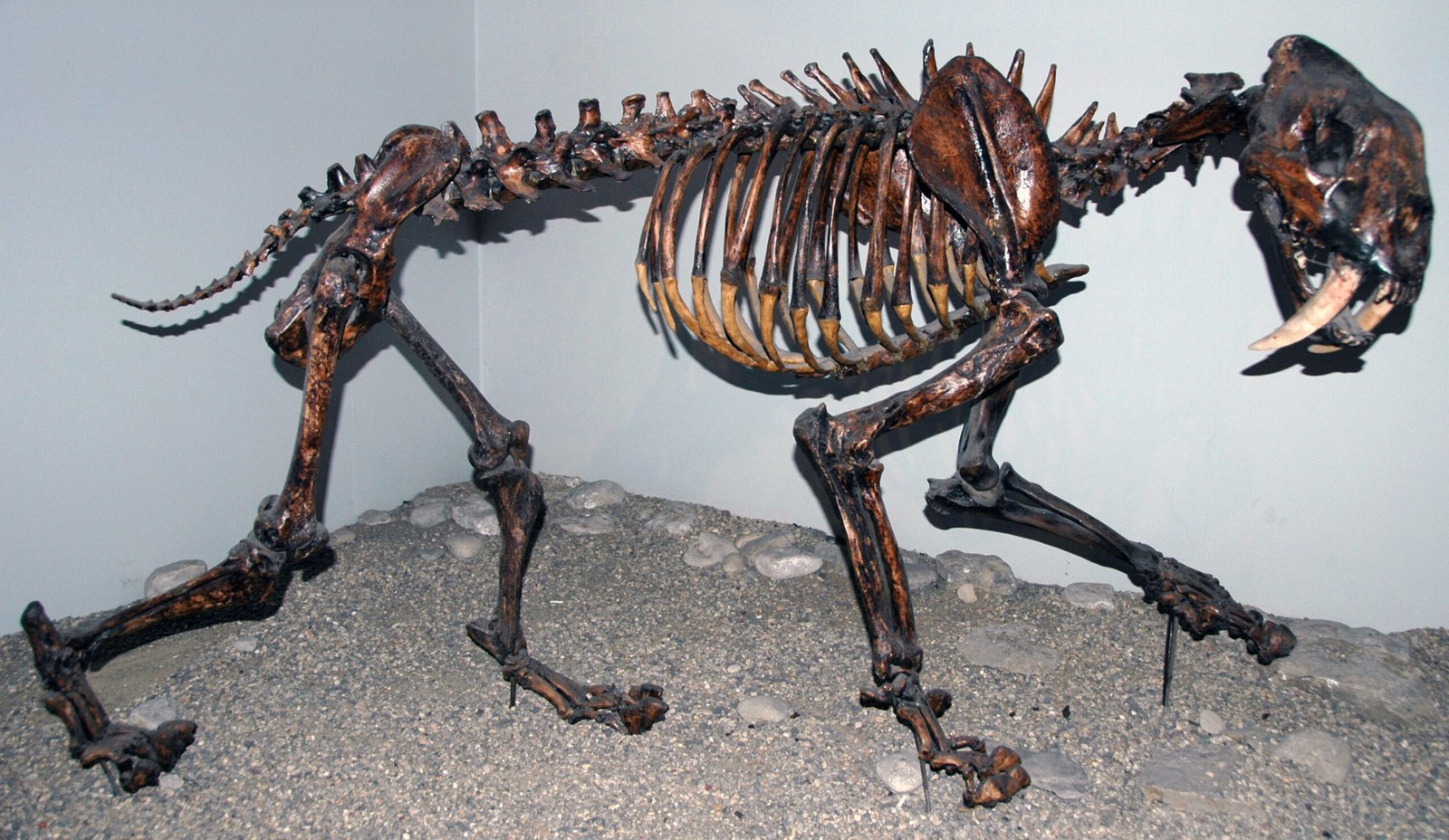
Saber-toothed cats, with their iconic teeth and untamed spirit, remind us just how wild and wondrous our planet once was—and still is. They roamed freely across continents, adapting, hunting, and living out lives both fierce and tender. Their fossils whisper stories of survival, loss, and the grand adventure of life. As we care for today’s cats and wild creatures, we honor the memory of these ancient predators. Maybe next time you hear your housecat purr, you’ll remember the mighty sabers that came before—and smile at the wildness that still lingers in every feline heart. Did you ever imagine such a journey lay hidden in the bones beneath our feet?

Suhail Ahmed is a passionate digital professional and nature enthusiast with over 8 years of experience in content strategy, SEO, web development, and digital operations. Alongside his freelance journey, Suhail actively contributes to nature and wildlife platforms like Feline Fam, where he channels his curiosity for the Feline into engaging, educational storytelling.
With a strong background in managing digital ecosystems — from ecommerce stores and WordPress websites to social media and automation — Suhail merges technical precision with creative insight. His content reflects a rare balance: SEO-friendly yet deeply human, data-informed yet emotionally resonant.
Driven by a love for discovery and storytelling, Suhail believes in using digital platforms to amplify causes that matter — especially those protecting Earth’s biodiversity and inspiring sustainable living. Whether he’s managing online projects or crafting wildlife content, his goal remains the same: to inform, inspire, and leave a positive digital footprint.






